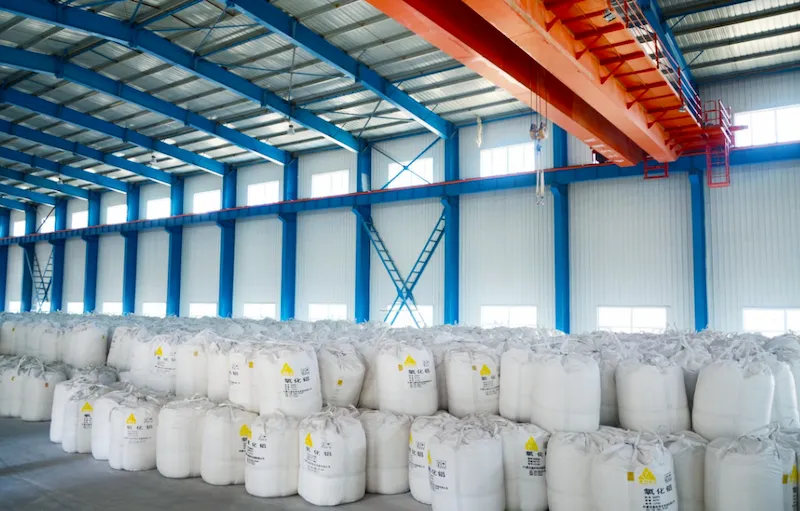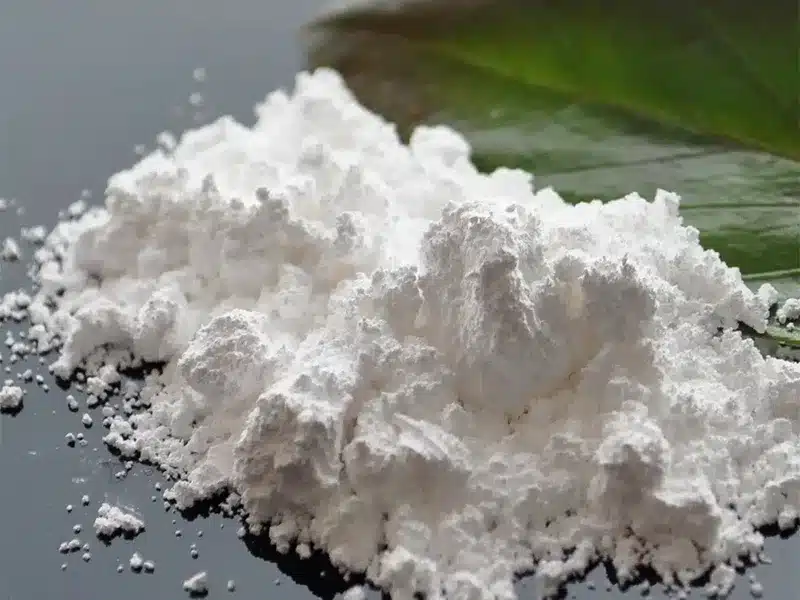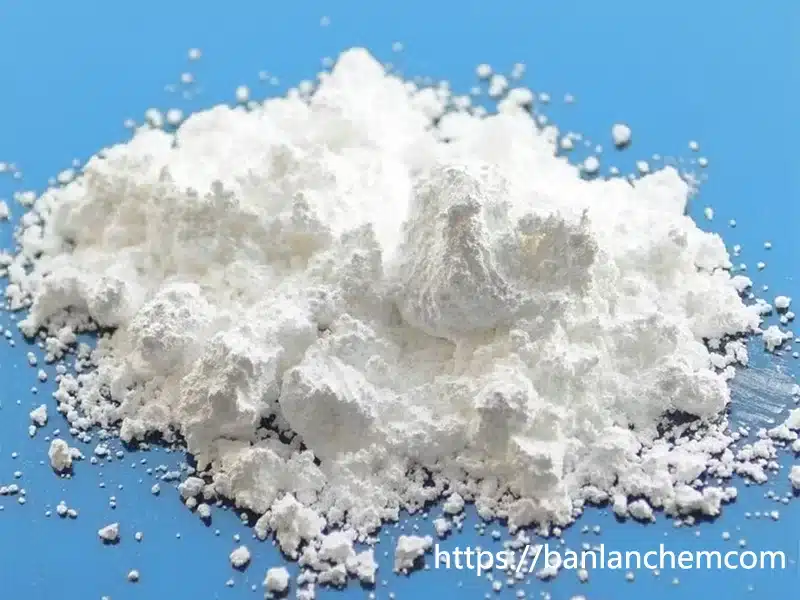How harmful is aluminum oxide to humans? | Scientific Analysis and Protection Guide
What is Aluminum Oxide?
Aluminum Oxide (Aluminum Oxide, chemical formula Al₂O₃) is a white powdery compound that is widely found in nature (e.g. bauxite) and in industrial products. It is classified according to differences in purity:

Metallurgical grade alumina: accounts for more than 90% of global production and is used in the electrolytic production of aluminum metal;
Chemical grade alumina: used in ceramics, catalysts, cosmetics and even food additives.
The industrial applications of alumina make it very relevant to human life, but long-term exposure may pose health risks.
How does alumina enter the human body? Main exposure pathways
Respiratory inhalation: workers in aluminum smelting, ceramics manufacturing and other industries may inhale alumina dust;

Skin contact: antiperspirants and sunscreens containing alumina come into direct contact with the skin;
Digestive tract ingestion: food additives (e.g., anticaking agent E173), and residues from aluminum cookware.
Data support: WHO studies show that the average daily intake of aluminum in the general adult population is about 3-10 mg, of which about 5% comes from aluminum oxide.
Short-term exposure hazards: symptoms and typical cases
Short-term high exposure to alumina may lead to:

Respiratory tract irritation: cough, sore throat (common in occupationally exposed populations);
Skin sensitization: redness, swelling, itching (associated with alumina-containing cosmetic products);
Digestive discomfort: abdominal pain, nausea (triggered by inappropriate use of aluminum cookware).
CASE REFERENCE: 2018 Journal of Occupational Medicine reported that an aluminum factory worker developed acute bronchitis after continuous inhalation of alumina dust due to failure to wear protective equipment.
Long-term hazards: neurological and skeletal risks
The long-term health effects of alumina are scientifically controversial:
Neurological: some studies suggest that aluminum accumulation may be associated with Alzheimer's disease, but the WHO states that there is “insufficient evidence”;
Skeletal: excessive aluminum may inhibit calcium absorption and increase the risk of osteoporosis (especially in patients with kidney disease); reproductive toxicity: animal studies have shown that high levels of aluminum may inhibit calcium absorption and increase the risk of osteoporosis (especially in patients with kidney disease). ;
Reproductive toxicity: high doses of alumina have been shown to affect sperm quality in animal studies; human data are not yet available.
Authoritative conclusions: The International Agency for Research on Cancer (IARC) classified alumina dust from the aluminum production process as a class 1 carcinogen (carcinogenic to lungs), but the alumina compound itself was not classified as a carcinogen.
High-risk groups: who needs to focus on protection?
The following groups need to be alert to the hazards of alumina:
Occupational exposure: aluminum smelting, mining, ceramics industry workers;
renal insufficiency: aluminum metabolism is reduced, easy to accumulate in the body;
infants and young children: metabolism system is not fully developed, need to avoid aluminum-containing food additives.
Protective measures: how to reduce exposure to aluminum oxide?
Occupational protection: wear N95 masks, dust-proof clothing, regular lung function tests;
Life choices:
Avoid long-term use of aluminum pots and pans to cook acidic foods (eg, tomatoes, vinegar);
Choose “aluminum-free” antiperspirant (the list of ingredients does not contain Aluminium Chlorohydrate);
Dietary control: reduce the intake of processed foods, give priority to stainless steel/glass food additives. Dietary control: reduce intake of processed foods and prioritize stainless steel/glass containers.
Authoritative safety standards: how much dose is considered safe?
WHO suggests that the tolerable weekly intake of aluminum for adults is 2mg/kg body weight;
Chinese national standard: aluminum residue in food additives should be ≤100mg/kg (GB 2760-2014);
EU restriction: antiperspirant containing alumina will be banned for use on damaged skin from 2020 onwards.
Controversy and myth: aluminum oxide is really so terrible?
Myth 1: “All aluminum products cause dementia”
Truth: Aluminum oxide has very low bioavailability (<1%) and is not exceeded by normal use of cookware.
Myth 2: “Aluminum oxide adjuvant in vaccines is toxic”
Truth: A single dose of vaccine contains about 0.125-0.85 mg of aluminum, well below the safety threshold (it takes a thousand doses to exceed the limit).
Future research directions: what is the scientific community looking at?
Biotoxicity of alumina nanoparticles (particle size <100nm may penetrate the blood-brain barrier);
Cumulative effects of long-term low-dose exposure (especially on children's development);
Research and development of environmentally friendly alternative materials (e.g., biobased flame retardant instead of alumina).
Rational view of the hazards of alumina
The short-term hazards of alumina to the general population are controllable, but occupational exposure and special groups require strict protection. Health risks can be significantly reduced by choosing compliant products and following safety guidelines.














